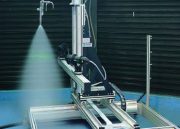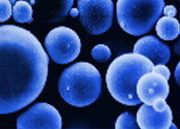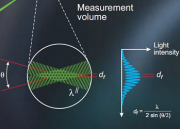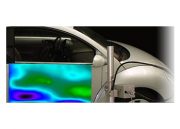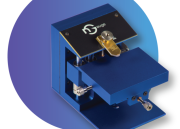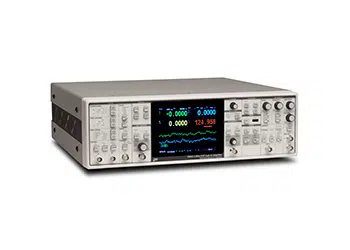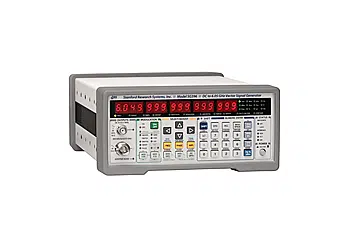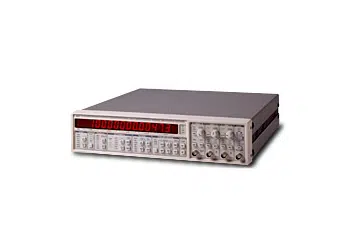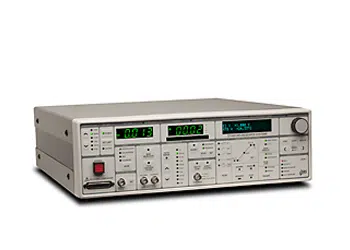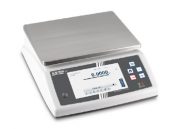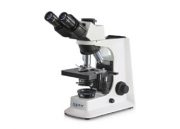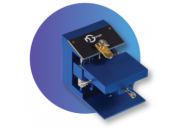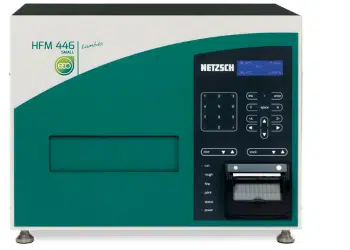HFM 446 Lambda Series
HFM 446 Lambda Series
Heat Flow Meter
Saving and Efficient use of Energy
Infos / Datasheet
Never before has the topic of the saving and efficient use of energy attracted as much attention in economics and politics around the globe as it does today. Research and development efforts in industry and academia worldwide are addressing topics that contribute to saving energy or generating energy from alternative resources.
There is enormous potential, especially in the areas of insulation materials and the efficient thermal insulation of residential and commercial buildings. It is thus all the more important for insulating materials to be able to be manufactured with a high and steady level of quality and brought onto the market under strict control of their performance characteristics.
There are numerous standards and guidelines to which these products are subject in order to really guarantee these properties for the huge amounts of insulating materials being produced worldwide.
Functional principle:
In a heat flow meter (HFM), the test specimen is placed between two heated plates controlled to a user-defined mean sample temperature and temperature gradient to measure heat flowing through the specimen. The sample thickness L is measured by an internal thickness gauge. Alternatively, the user can enter and drive to the desired thickness, which is of particular interest for compressible samples. The heat flow Q through the sample is measured by two calibrated heat flux transducers covering a large area of both sides of the specimen. After reaching thermal equilibrium, the test is done.

HFM 446 Lambda Series supports with:
- Thermal conductivity measurements on insulating materials, polymers, phase-change materials, aerogels, non-wovens and many more
Advantages of the HFM 446 Lambda Series:
- Fast measurements
- Low energy consumption
- High sample throughput
- Etc.
For further information, please refer to the technical data sheet or the brochure.
Sie sehen gerade einen Platzhalterinhalt von Google Maps. Um auf den eigentlichen Inhalt zuzugreifen, klicken Sie auf die Schaltfläche unten. Bitte beachten Sie, dass dabei Daten an Drittanbieter weitergegeben werden.
Mehr Informationen


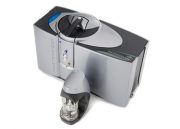

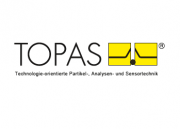
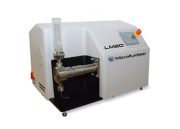
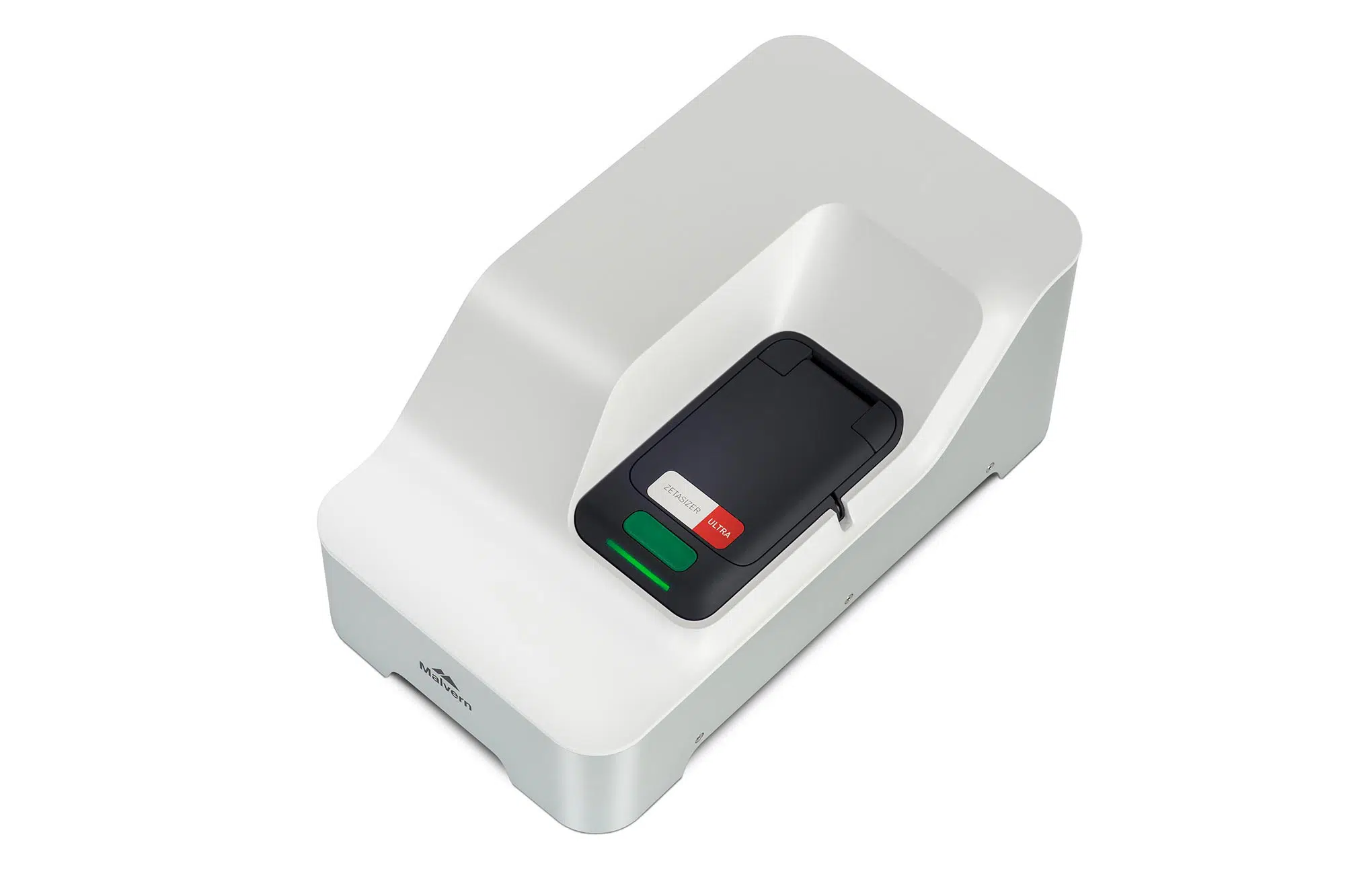
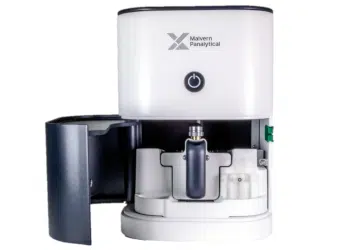



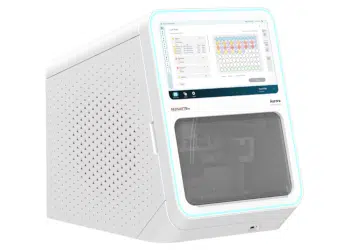
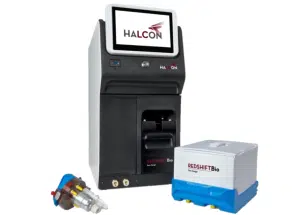
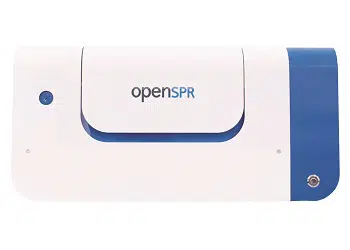
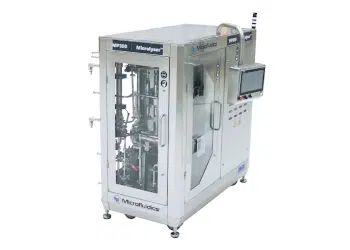
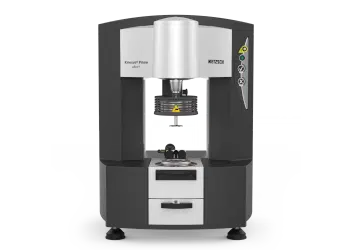
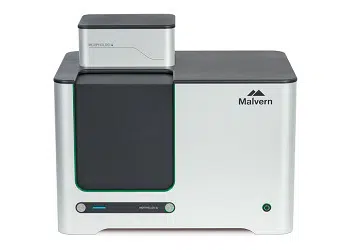
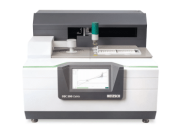






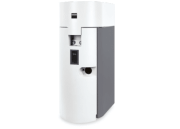


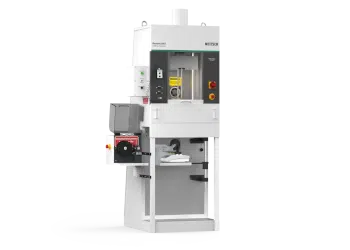
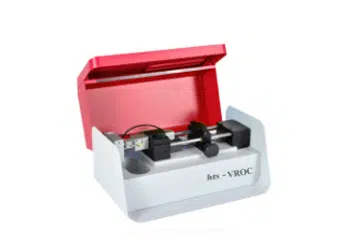


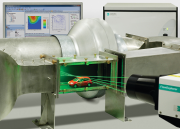
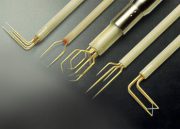
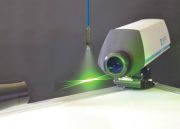
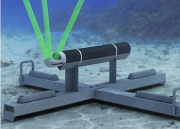
![[:de]kategorie_stroemung_staudruck[:en]kategorie_stroemung_staudruck2[:] [:de]kategorie_stroemung_staudruck[:en]kategorie_stroemung_staudruck2[:]](https://www.prager-elektronik.at/wp-content/uploads/2018/01/kategorie_stroemung_staudruck2-180x129.png)
